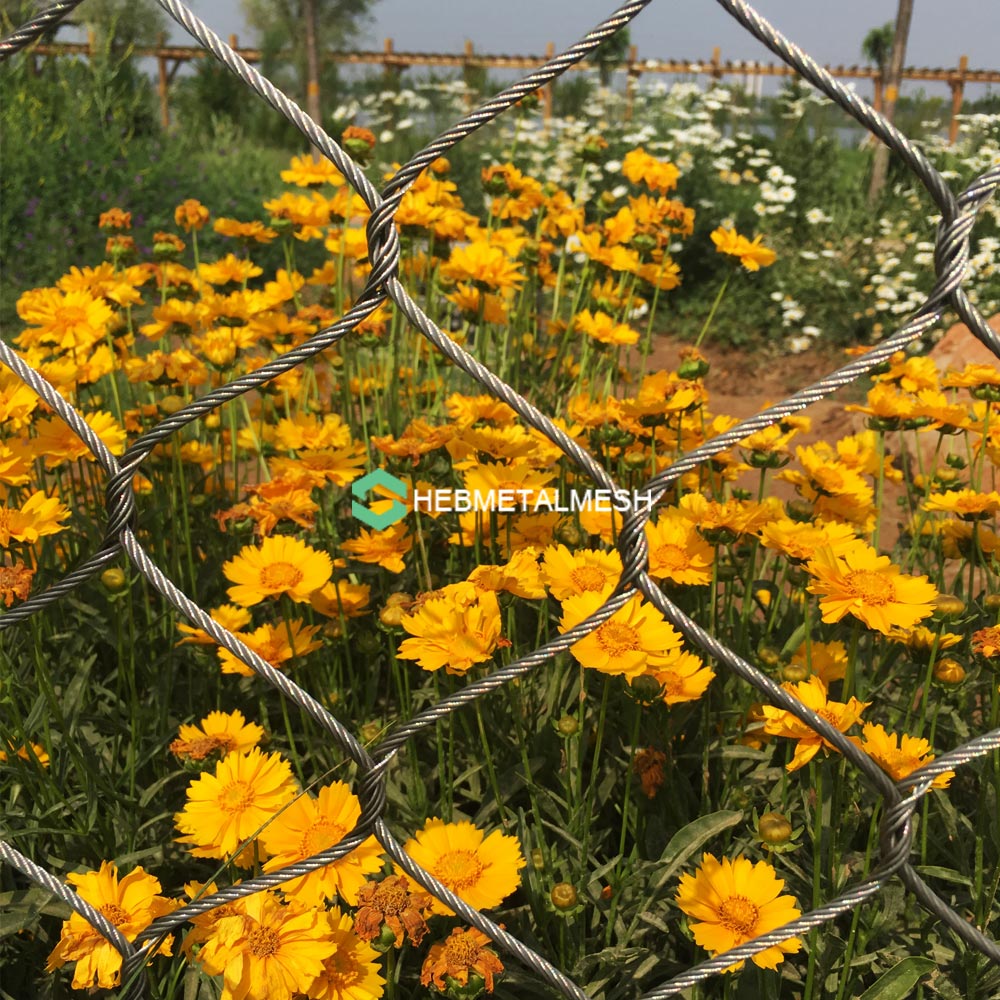Gardening is a rewarding endeavor, but it’s not without its challenges. Pests and harsh weather can wreak havoc on your plants, leaving you with a less than bountiful harvest.
Fine mesh garden netting offers a solution. It’s a simple, effective way to protect your plants from a variety of threats.
In this guide, we’ll explore the benefits and uses of fine mesh garden netting, and share tips on selecting, installing, and maintaining it.
Understanding Fine Mesh Garden Netting
Fine mesh garden netting is a type of barrier used to protect plants. It’s designed to keep out pests, from insects to birds and small mammals, without blocking sunlight, water, or air.
The netting comes in different mesh sizes. The right size depends on the pests you’re targeting. Smaller mesh sizes can keep out even tiny insects, while larger ones allow beneficial insects to pass through.
The material of the netting can vary. Common options include polyethylene, nylon, and metal. Some netting is UV-stabilized for longevity and durability.
https://hebmetalmesh.com/benefits-of-using-fine-mesh-garden-netting/Fine mesh garden netting is a non-toxic pest control solution. It’s safe for organic gardening and doesn’t harm the environment.
Benefits of Using Fine Mesh Netting in Your Garden
Fine mesh garden netting offers several benefits. It’s an effective way to protect your plants from a wide range of pests. This includes insects, birds, and small mammals that can damage your crops.
The netting also allows for sunlight, water, and air to reach your plants. This ensures they continue to grow healthily. It can also protect your plants from harsh weather conditions such as hail or heavy rain.
Here are some key benefits of using fine mesh garden netting:
- Non-toxic pest control solution
- Allows sunlight, water, and air to reach plants
- Protects plants from harsh weather conditions
- Can be used for individual plants or entire garden beds
- Reusable and easy to store
- Can be used in conjunction with other pest control methods
- Can create a microclimate for plants
- Can be combined with shade cloth to protect sensitive plants from too much sun
Selecting the Right Mesh Netting for Your Garden
Choosing the right mesh netting for your garden depends on several factors. The type of pests you’re dealing with is a key consideration. The mesh size should be small enough to keep out the pests, but large enough to allow beneficial insects through.
The type of crop you’re growing also matters. Some plants may require more sunlight than others. The material of the netting is another factor. Options include polyethylene, nylon, and metal. UV-stabilized netting is recommended for longevity and durability.
Lastly, consider the environmental impact of the netting material. Some gardeners prefer biodegradable options. Comparing different brands and types of netting for quality and price can also be beneficial.
Installation Tips for Maximum Protection
Installing fine mesh garden netting properly is crucial for maximum protection. The netting should be installed before pests become a problem, ideally at the start of the growing season.
Securing the netting firmly to the ground or to a frame is important to prevent gaps. The netting can be cut to size, making it versatile for various garden shapes and sizes.
Avoid sagging, as this can trap animals or damage plants. Proper tensioning of the netting will prevent damage from wind and other elements.
Maintenance and Care for Longevity
Regular inspection of the netting is necessary to ensure it remains intact and effective. Look for any signs of wear and tear or damage from pests or weather conditions.
Cleaning the netting between seasons can prevent the spread of diseases. Use a mild soap and water solution, and allow the netting to dry completely before storing.
Remember, reusable and easy to store, fine mesh netting is an economical choice for gardeners. Proper care can extend its lifespan significantly.
Environmental Considerations and Safe Practices
When choosing garden netting, consider the environmental impact of the netting material. Some gardeners prefer biodegradable options, while others opt for durable, reusable materials.
It’s also important to consider the impact on pollinators. Ensure that pollination can occur by allowing access for beneficial insects or providing alternative pollination methods.
Lastly, some fine mesh netting is designed to be bird-friendly, reducing the risk of birds getting caught. Always choose netting that is safe for wildlife.
Conclusion
Fine mesh garden netting is a versatile and effective tool for protecting your garden. It offers a non-toxic solution to pest control, while also providing protection from harsh weather conditions.
Remember to consider the environmental impact and the needs of your specific plants when choosing and installing your netting. Happy gardening!




